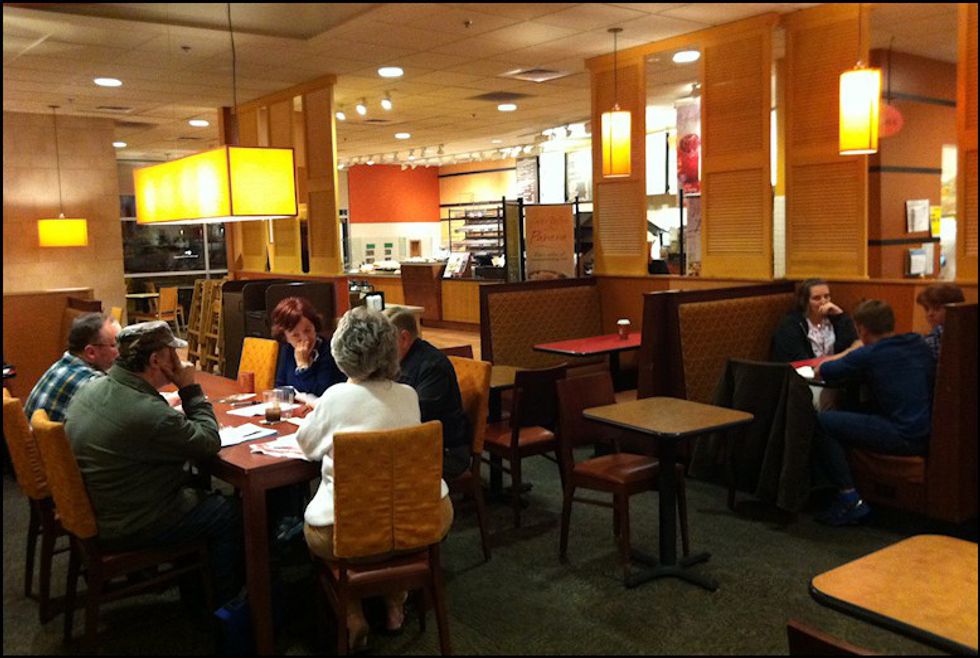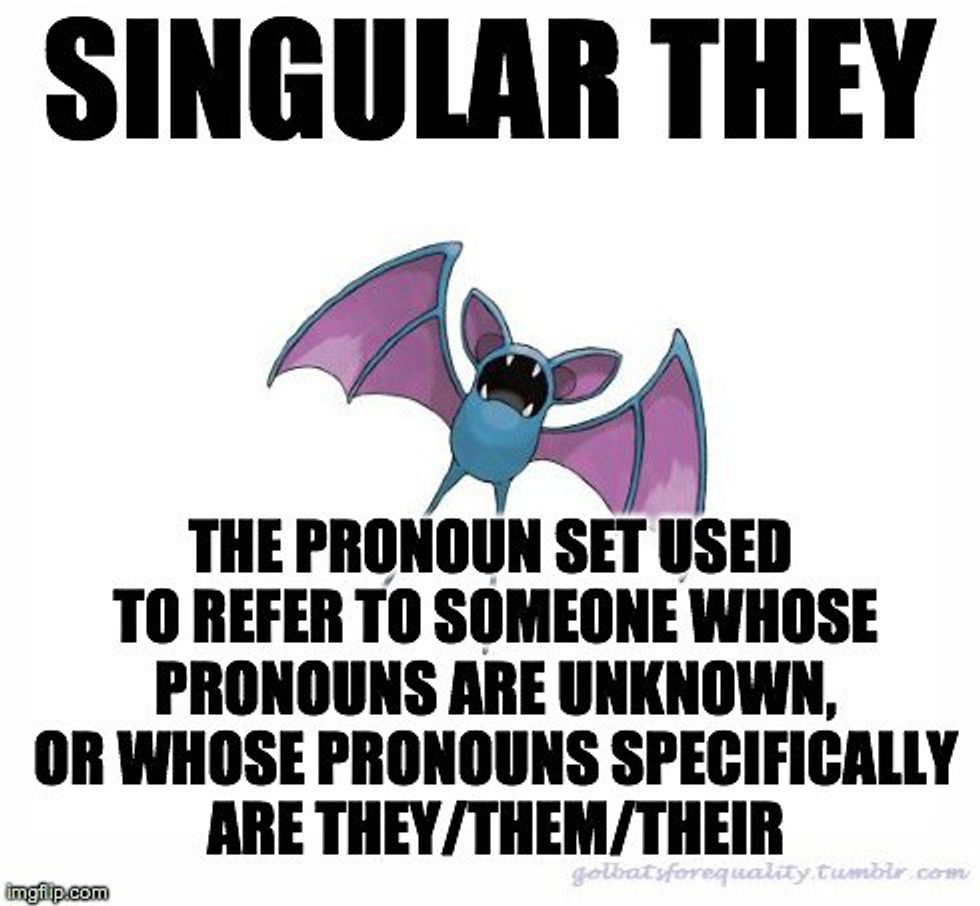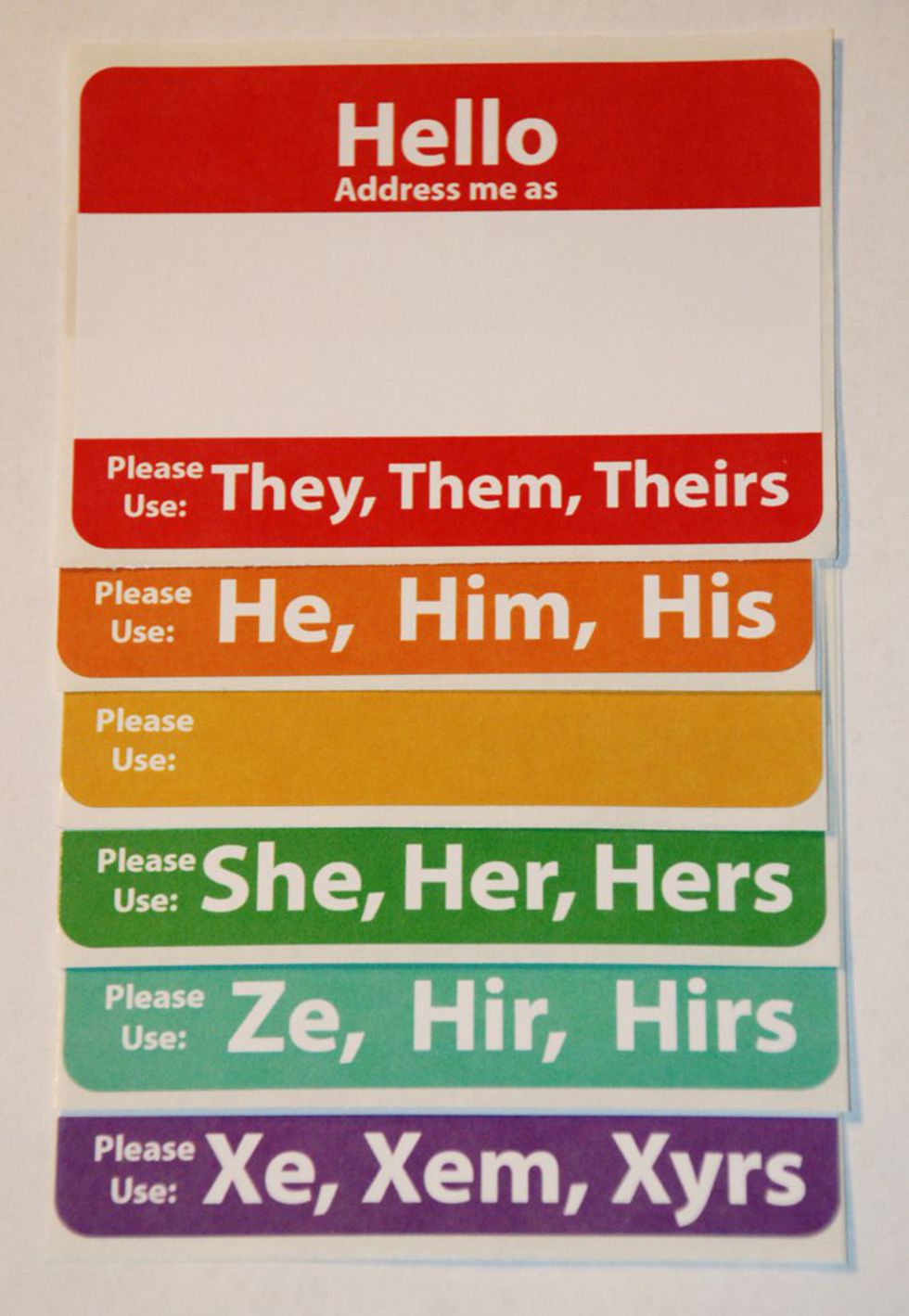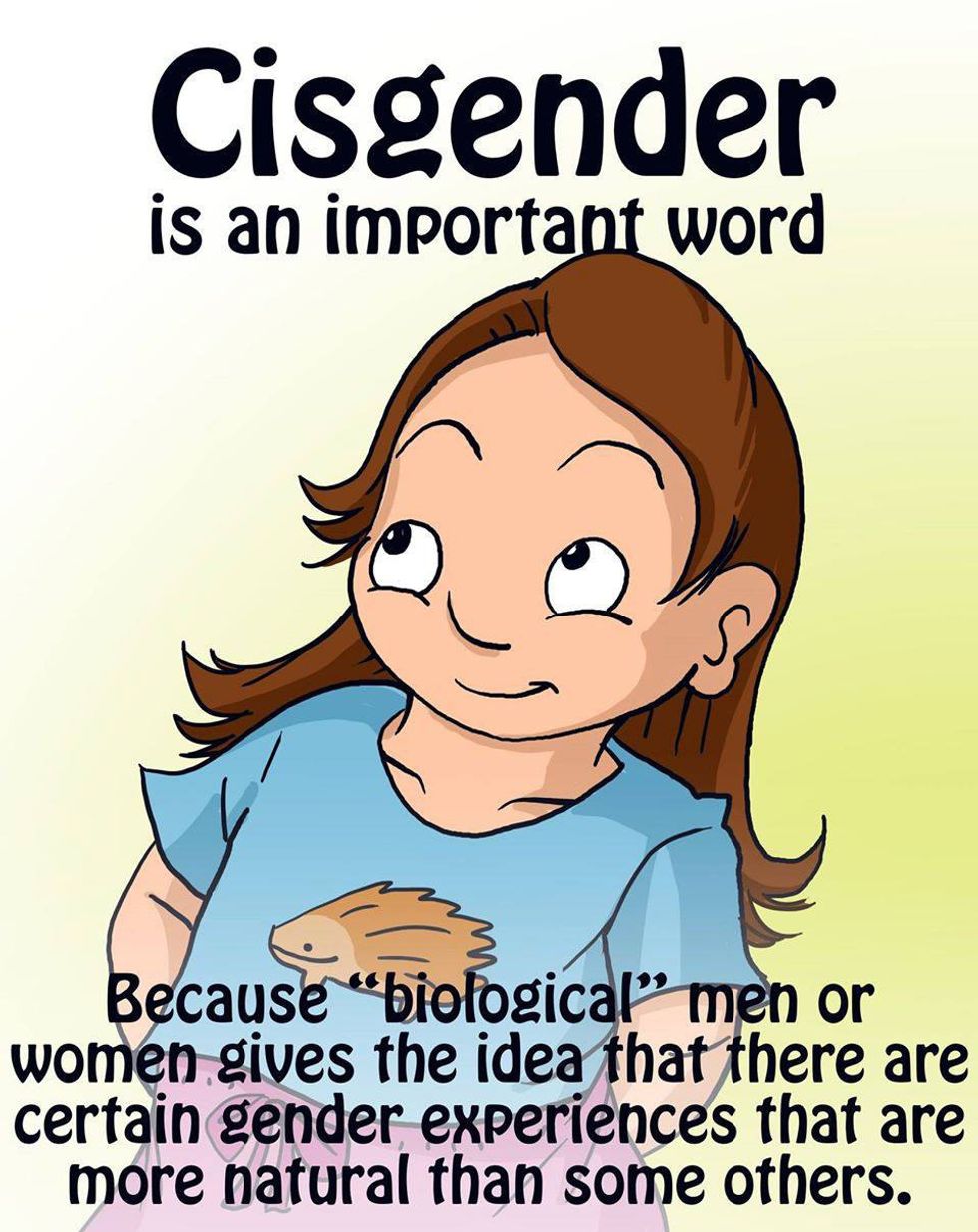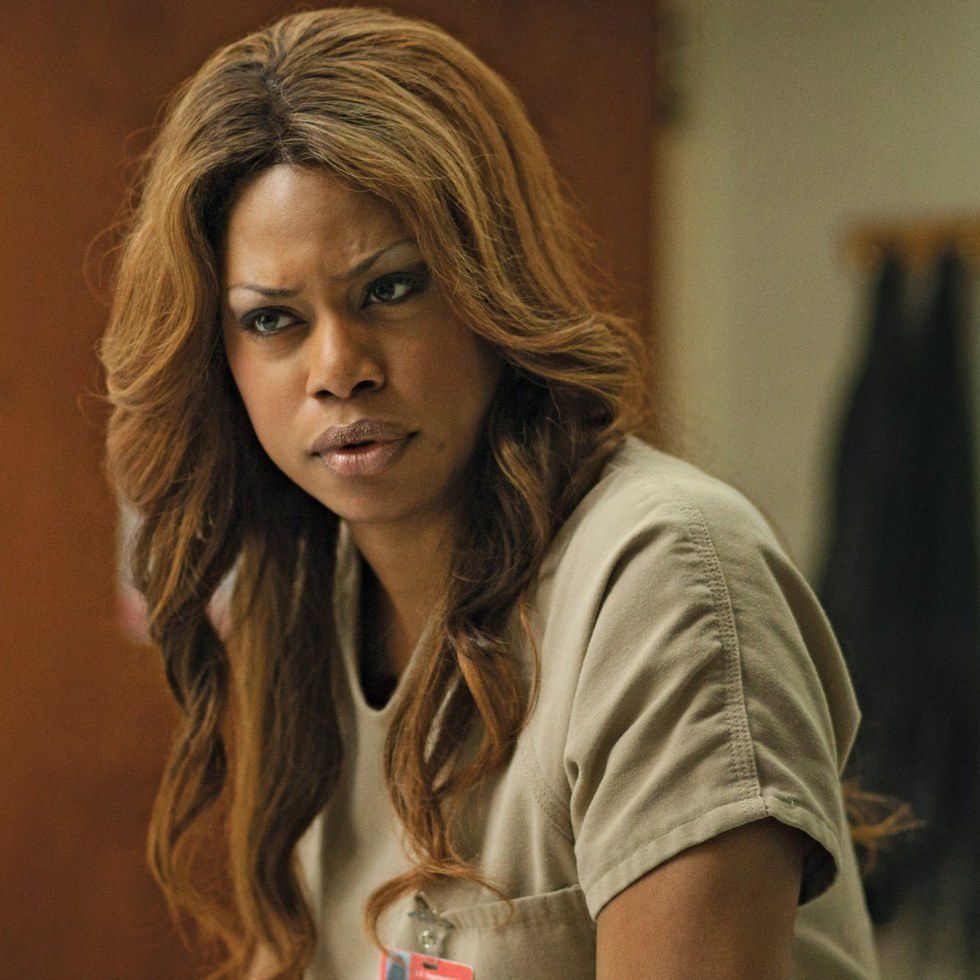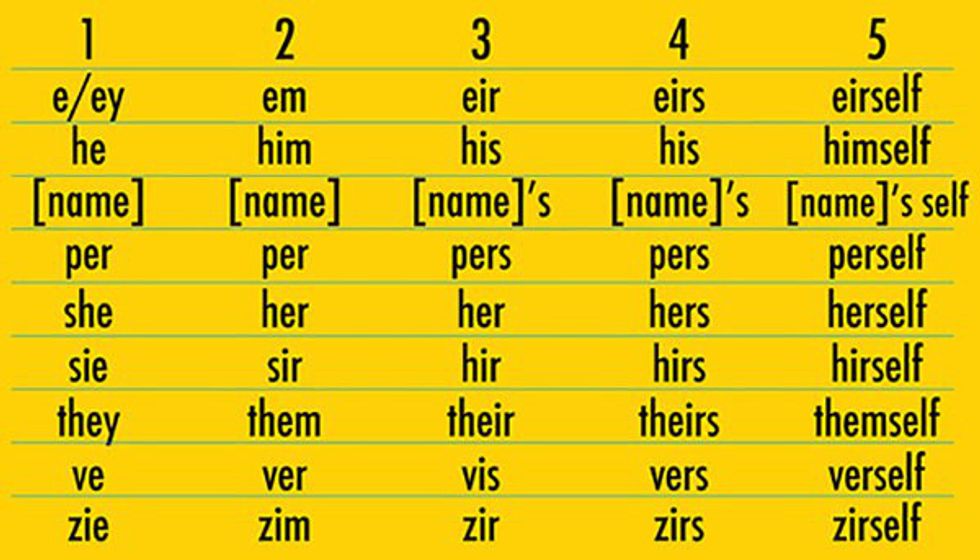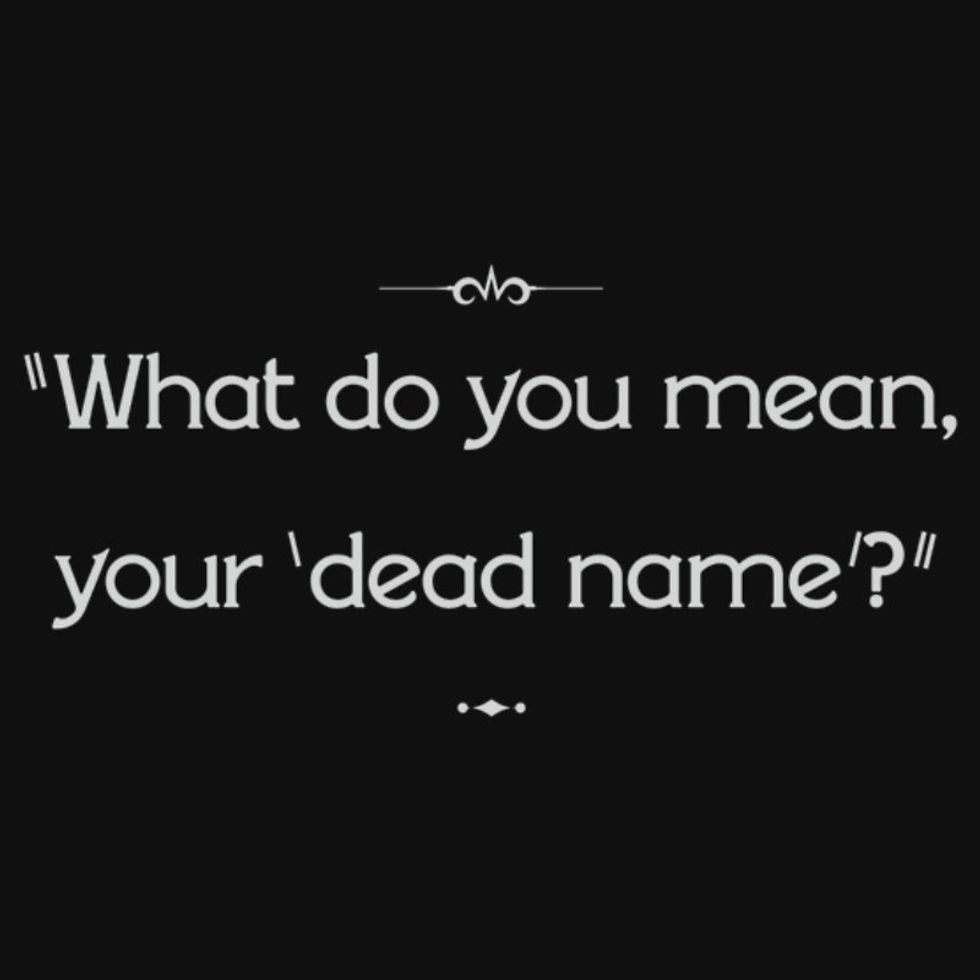"The Same Difference," a documentary that recently premiered on Tuesday, October 11. The documentary follows women within the lesbian community and the rules that are unknowingly set. I had the chance to see a viewing of the documentary in New York with my girlfriend. The documentary was interesting and insightful. However, it also awakened me to the ignorance that also revolves in specific circles of the lesbian community.
The documentary began with explaining the rules of the lesbian world. It commenced with identifying terms of Fem or Stud. These women explained how strict some lesbians can be with the terms. If you are a Fem, you must uphold to the Fem standards. A Fem is a lesbian woman who is feminine. If you are a Stud you uphold the standards of a Stud. A Stud is a lesbian woman who is masculine. There are sub-terms to each, but to each of these terms, there are no middle grounds you are either one or the other. As I was watching I found myself trying to fit in those categories and I quickly found out that I do not. I am neither extremely feminine nor extremely masculine. I simply accepted that I am a tomboy with a few exceptions.
Now, these rules are at times common to most lesbian women and for some not so much. I am a part of those some. This is why the documentary was so interesting and eye-opening. But like many good things, there are flaws. What bothered me the most, was the “no pregnant Studs” and the “no dating bisexuals” rule. I will explain why those two rules bothered me the most.
“No pregnant Studs” was the rule that really touched a nerve. In the documentary, it followed a woman who classified herself as a Stud, however, she was pregnant because her wife could not conceive a child. As a result, she received a lot of negative comments and feedback from her peers. She explained how many people did not understand why she was pregnant, and the majority of the time people would point out that if she was a lesbian why would she sleep with a man. She mentioned how she caught herself explaining to her peers that she went through an insemination process and she chose to carry her child because, again her wife could not, and she truly wanted to start a family. However, in the documentary, I quickly saw that not many people would accept that explanation.
The “no dating bisexuals” was another rule that hit a nerve. Women explained why they would not date a bisexual woman. They all expressed how they did not have the time nor the energy to “teach” a bisexual woman how to act and how to perform sexually. They all explained that they all would rather be with a lesbian than with a woman who is into both genders. But it soon became clear that they did not want to date a bisexual woman because they feared they would invest themselves and ultimately would be left for a man. They felt that bisexual women were not loyal and were only bisexual because of curiosity. Many of them expressed that they would only “hook up” with a bisexual woman, but they would never intend to create anything further than a sexual encounter. As a bisexual woman, I realized how misinformed these women were and how quick they were to judge a woman who did prefer both genders. But also, how they are all still learning in some way to accept bisexual women in their own way.
This documentary brought to light the stigmas that lesbian women encounter within the lesbian community. However, they all mentioned one thing that really wrapped up the documentary; that they are all the same difference. Ultimately, we must find unity and understanding in the lesbian community, and it all begins with a conversation and continuing that conversation.










